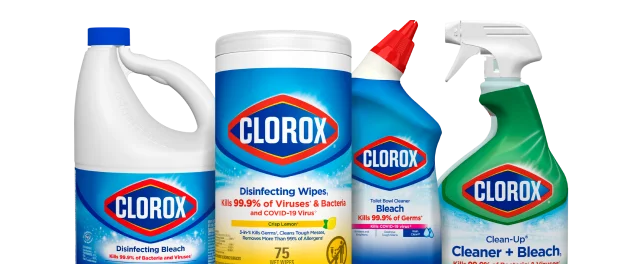Can You Bleach Wool?

Get a stain on a piece of wool fabric? Learn how to clean wool clothing and fabric and find out if you can use bleach to clean wool coats, hats, and clothing.
Question
My husband has a white wool shawl that has not been washed in YEARS! (He reasoned that since he does not wear it so much, it does not need to be washed.) Anyway, not only does it smell bad, but it has tan, brown, and black body soil stains. He brought it to a dry cleaner 2 years ago, but he says that did not help much. I hand washed it 3 times with detergent in hot water, and it helped a little, but the darkest stains (and the smell) remain. What is the best way to deal with this problem? Is it really so bad to wash wool items in diluted chlorine bleach?
Answer
Thanks for your question. A wool item that went years without washing and developed stains over time is a very difficult problem to solve. Wool is an animal hair fiber that requires taking special care to wash to prevent permanent shrinkage.
Wool shrinkage is actually a physical process called felting. Wool felts (yes, felt is a verb here!) because of the physical structure of the fiber. On a microscopic level, each fiber has tiny scales that extend the length of the fiber. If these scales rub up against each other they can lock together. The scales hold the locked fibers in place, which is why felting shrinkage is permanent.
To limit the prospect of wool items felting during washing, using cool wash water, a mild laundry detergent and minimal agitation are all recommended. Wool blends or wool that has been specially treated to remove the scales can often be machine washed using the delicate cycle. Liquid chlorine bleach is absolutely NOT recommended, even a dilute solution. Check the care label to see what the manufacturer recommends for washing instructions.
To hand wash wool:
- Select a mild detergent with a neutral pH specifically designed for wool. It should also be low foaming, which is important because it will rinse away more easily, which means less time handling (and possibly agitating) the item.
- Use lukewarm water, and use the same water temperature for washing and rinsing.
- Use a plastic dishpan to mix the detergent and water in, then gently push the item into the cleaning solution. Gently squeeze the fabric to work the cleaning solution throughout the garment—do not stir or try to agitate the item beyond gentle squeezing, and do not twist or wring it.
- The item can soak for several minutes before rinsing; just make sure it is completely submerged in the cleaning solution.
- To rinse, add clean water to a second basin and transfer the item to it, gently squeezing (but not twisting or wringing it) to work the clean water through the fabric. Repeat this a few times to flush the cleaning solution from the fabric.
- Roll the item in a clean, dry towel and squeeze to remove excess moisture from the fabric.
- Lay the item flat to dry on a clean, dry towel in a warm place so it dries quickly. Never use a dryer to tumble dry wool.
For wool items that you would like to try machine washing, check the care label first to confirm that machine washing is allowed. To machine wash wool:
- Wash wool items separately (don’t add them to other loads). You can wash multiple wool items together, just don’t add a wool item to another load.
- Select a gentle or delicate cycle.
- Select a gentle detergent specifically designed for wool.
- Select a cool or cold wash temperature, and select the same temperature for the rinse.
- When the cycle is complete, roll the item in a clean, dry towel and squeeze to remove excess moisture from the fabric.
- Lay the item flat to dry on a clean, dry towel in a warm place so it dries quickly.
Given that the shawl had not been cleaned in such a long time when it was taken to a dry cleaner, I’m not surprised dry cleaning didn’t get the stains out, unless your husband didn’t specifically identify the stains so they could be pretreated by the dry cleaner. Without pretreating, the stains would very likely not come out. The same thing goes for the odor.
It’s also really interesting that you washed the shawl multiple times in hot water and it didn’t shrink, which makes me wonder if the shawl isn’t actually made of acrylic or another synthetic fiber that can handle hotter water. Taking the shawl back to another dry cleaner and describing the problems in detail when you hand the shawl off to the dry cleaner is your best chance at getting a hard-to-wash wool item with years-old stains on it off. And if the dry cleaner can confirm that shawl is actually made of a synthetic like nylon, acrylic or polyester, then it may be appropriate for Clorox® Disinfecting Bleach after all. Only try washing with bleach if you are 100% sure it is not made of wool, though!

